Foreign Driving Licence holders in Ireland?
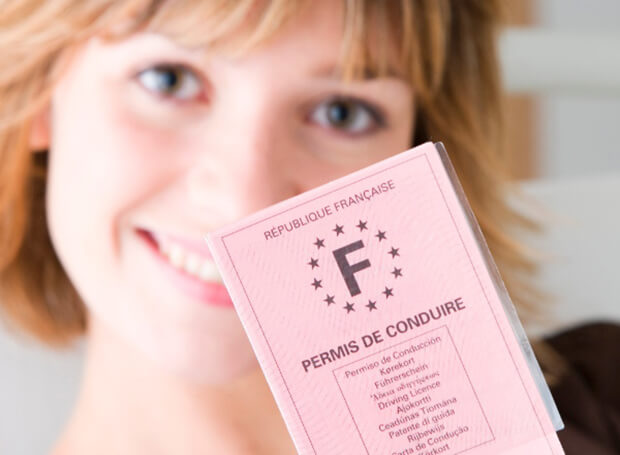
Holders of Foreign Driving Licences in Ireland
All visitors to Ireland you can drive on a driving licence from any state outside the EU/EEA for up to one year, providing that the driving licence is current and valid and up to date.
If, however, you plan to take up 'normal residence' in Ireland you must either exchange your national driving licence or apply for a new driving licence in Ireland.
You are considered resident in Ireland if you live here for at least 185 days in any calendar year.
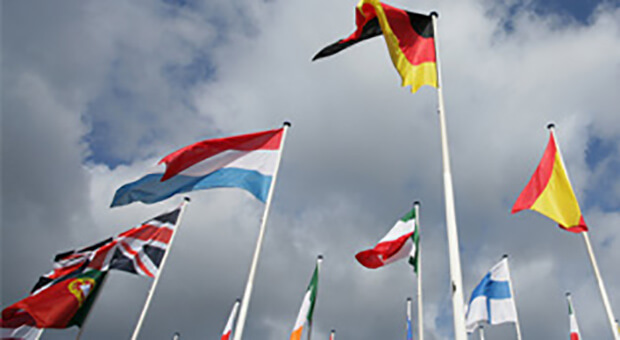
Holders of an EU/EEA licence
If you are an EU Citizen and you have a driving licence issued by an EU/EEA member state you can drive in Ireland as long as your existing licence is valid.
Europeans, can if they wish, exchange their driving licence for an equivalent Irish driving licence once they do so within 10 years of their driving licence expiring.
If your foreign Driving Licence has expired, it must be accompanied by a letter of entitlement or a driver statement from the Issuing Authority in the country of its origin.
All countries in the EU and European Economic Area (EEA) which includes Norway, Liechtenstein and Iceland benefit from what's known as a 'mutual recognition' agreement in respect of driving licences.
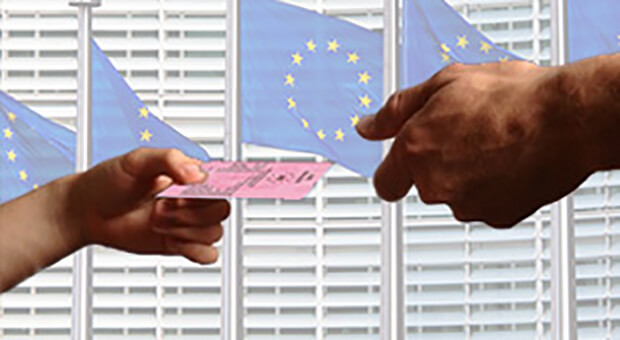
Here are the steps for exchange of driving licence:
- Fully completed application form for Driving licence D401
- Submit your current foreign full licence
- If you do not have your licence you will need to present an original letter of entitlement
- Evidence of CPC if required (Driver Certificate of Professional Competence)
- Evidence of PPSN (Personal Public Service Number)
- NDLS medical form (National Driver's Licence Service) if required
- Evidence of address (must be dated within 6 months)
- Relevant fee
- If EU/EEA member state licence is expired less than 10 years you must have a letter of entitlement/ driver statement from your relevant authority
- Certified English translations are required for all Letter of Entitlement/Driver statements which are not in English or Irish
- Your Photograph and signature will be captured at the NDLS office
- If exchanging a Northern Ireland licence it must be accompanied by the counterpart.
(Certified translations must be provided by a reputable company who must be a member of the Irish Translator and Interpreters Association. The letter of entitlement must be submitted together with the certified translation.)
Holders of licences issued by recognised States outside the EU
Ireland has agreements with certain countries which are recognised states for the purposes of driving licence exchange. In order to exchange your licence, you must apply in person at any NDLS centre with all the vehicle registration document as outlined above and similar to holders of an EU/EEA licence.
Recognised states are:
- Australia
- Gibraltar
- Guernsey
- Isle Of Man
- Japan
- Jersey
- South Africa
- South Korea
- Switzerland
- New Zealand
- Taiwan
- Ontario, Provence of Canada
- Manitoba, Provence of Canada
- Newfoundland and Labrador, Provence of Canada
If you exchanged an Irish driving licence in one of these recognised states for for their own national driving licence, you must submit that foreign licence to the NDLS when applying for an Irish driving licence.
A Recognised State driving licence can be exchanged up to a maximum of 1 year after it expires once you have the corresponding letter of entitlement. After this period of one year, applicants will need to apply for a learner permit.
Again, if the foreign documentation is in another language other than English or Irish, you must have them translated by a reputable company who is a member of the Irish Translator and Interpreters Association.
International Driving Licence
If you are not from an EU Member State and you are also not from one of the recognised countries, you are still required to produce your own licence for inspection when hiring a car in Ireland. Your IDL (International Driving Licence) should be seen as a translation of your licence and not a replacement.
You must hold a current and valid licence from the country you are resident in. EU/EEA licence holders who are resident in Ireland may apply for an IDP here.
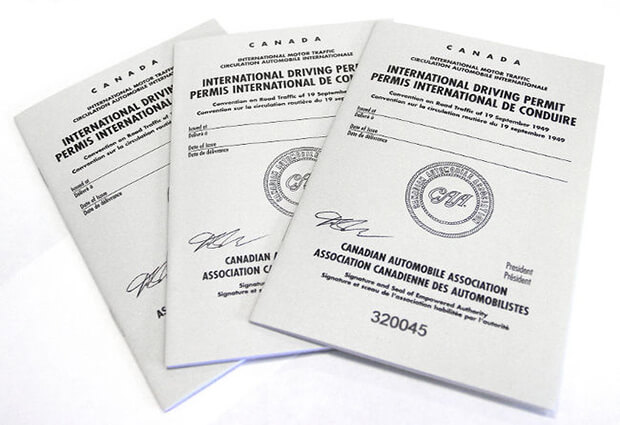
There are two types of IDP (International Driving Permit)
- 1949 UN Convention IDP. Most common and recognised in most countries
- 1926 UN Convention IDP. Needed to drive in Brazil, Iraq, Nigeria and Somalia
Who is eligible and where can you use your IDP?
- You cannot be issued with an IDP in Ireland if you are from outside the EU or EEA
- You can use your permit in any of the countries that have signed the 1926 or 1949 UN Convention on road traffic
- Many other countries that are not signatories to the 1949 convention recognise the IDP and accept it in their territory
Foreigners using their IDP in Ireland
- You should contact your embassy or consulate in advance of travel to confirm whether or not an IDP is recognised by Ireland
- Even if you hold an International Driving Permit, you should always carry your own driving licence when travelling in Ireland, as you may be required to produce it for inspection, for example, when hiring a car or being stopped by the police
Holders of driving licences from other countries
If you are not from any of the above countries, for example, if you are from India or the United States, and you hold your own national driving licence or an international driving permit you can drive in Ireland for a temporary period of up to 12 months.
If staying for more than 1 year in Ireland you will have to apply for an Irish driving licence and go through the full driver licensing procedure.
- You must first pass a driver theory test
- Apply for a first time Learner Permit
- Complete Essential Driver Training (EDT)
- Pass your driving test
Only when you've passed you're, can you apply for a full Irish driving licence. You must also hold a Learner Permit for six months before applying for your test. If you are a holder of a current full driving licence in the same category from another country for more than six months you are exempt from this requirement, provided that you have completed EDT (Essential Driver Training) and you hand in your original driving licence and a letter of entitlement from the relevant licensing authority in your country. 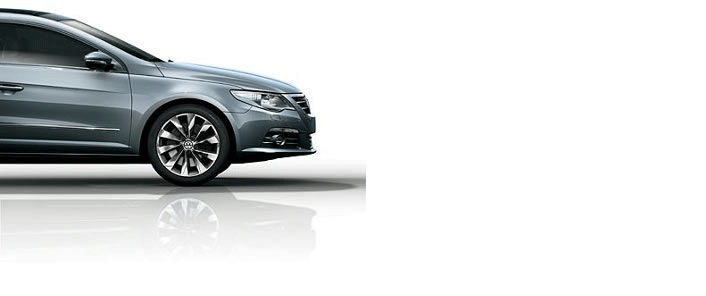
Author

Justin Kavanagh
Justin Kavanagh is a recognised leader
in automotive intelligence and vehicle
data supply to the entire motor industry.
He has almost 20 years experience in
building systems from the ground up.
As the Managing Director of Vehicle
Management System, he understands the
need and importance of trustworthy and
reliable vehicle history and advice to
both the trade and the public.
Follow me on LinkedIn